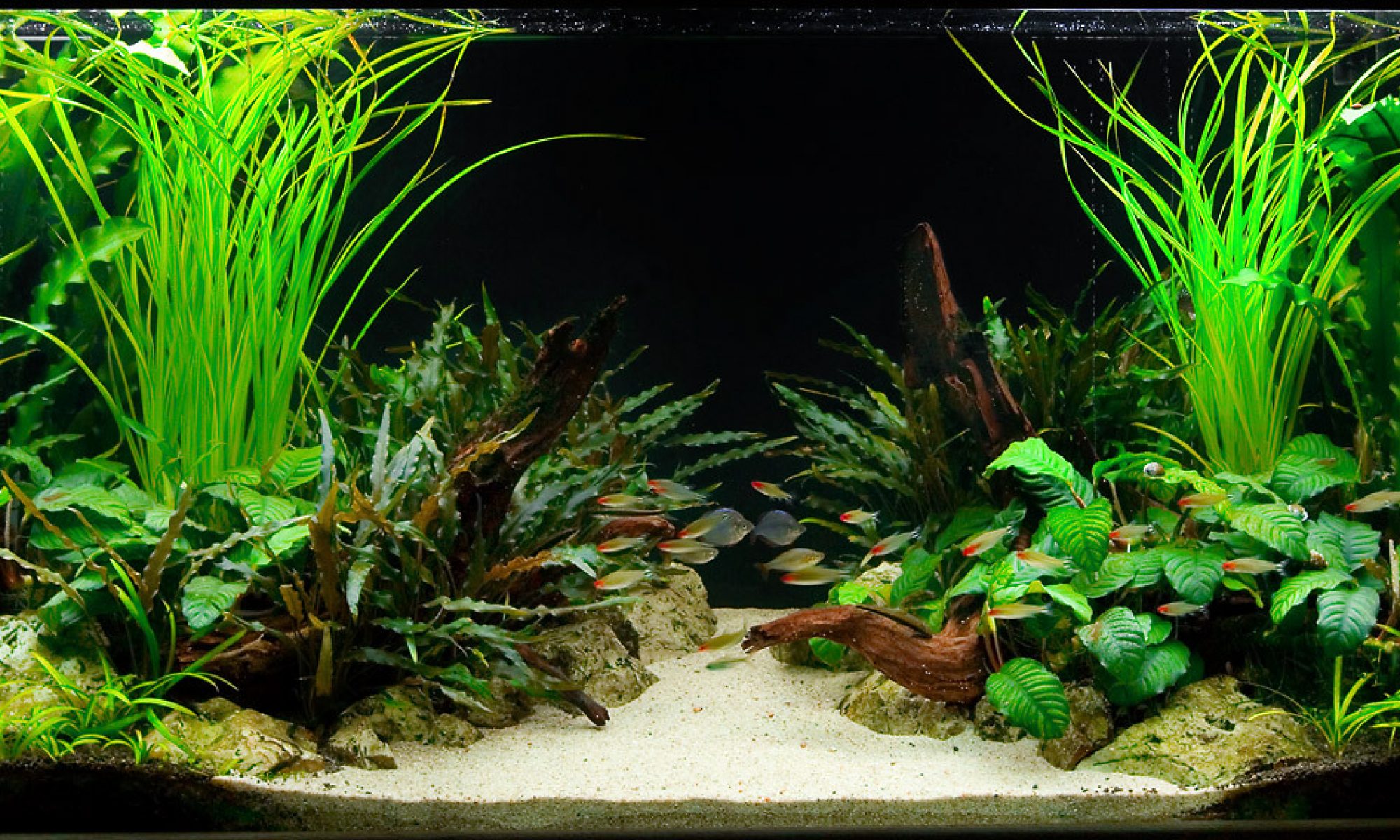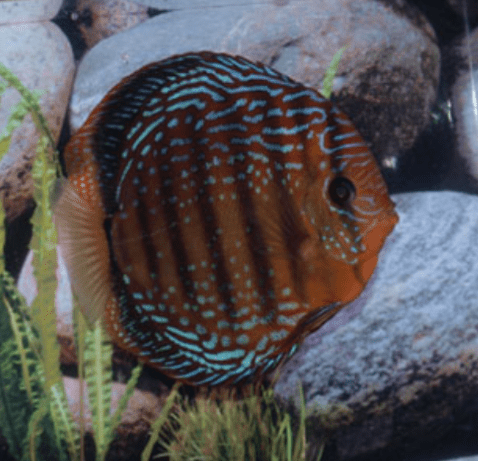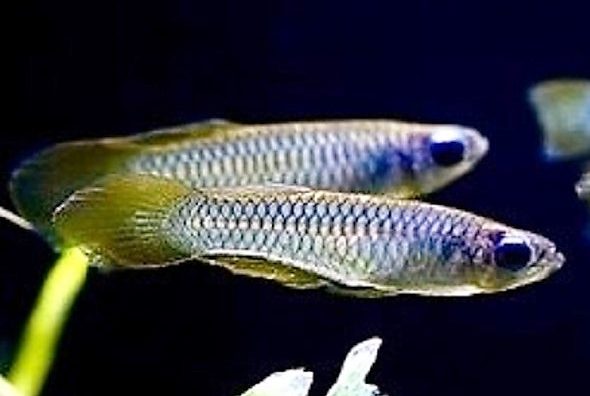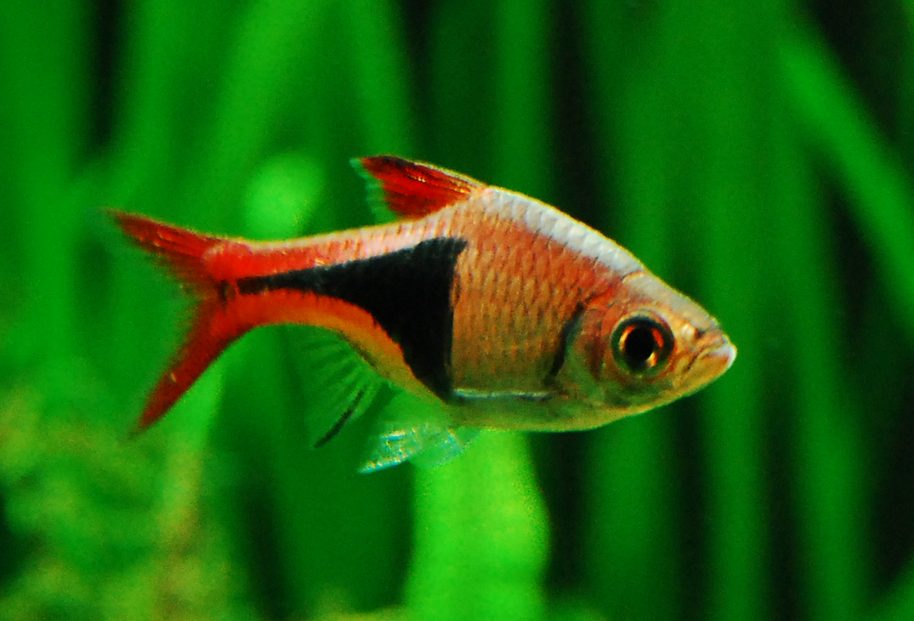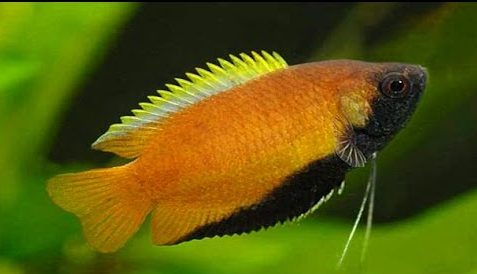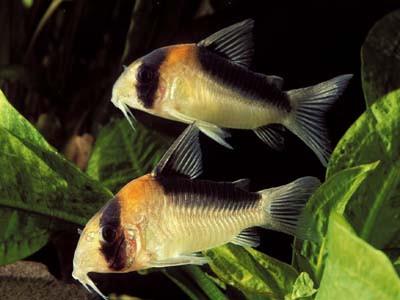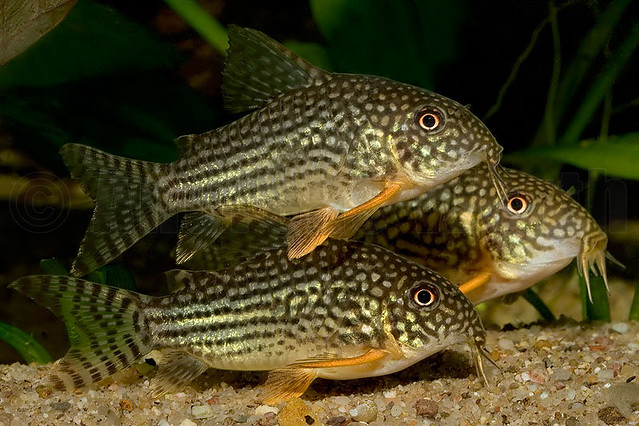
Sterba’s corydoras (Corydoras sterbai) is a member of the South American Corydoras genus of freshwater aquarium catfish and one of the most popular species of Corydoras due to its attractive markings. The fish is native to the Guaporé River region between Bolivia and Brazil.
Sterba’s cory is distinguishable from other Corydoras species as it has white spots on a black background on its head. It is occasionally confused with Corydoras haraldschultzi; the difference is that the latter has a pattern of black dots on a white background on the head. C. sterbai has recently become available in an albino form and a black form.
Like many Corydoras species, Sterba’s corydoras is a shoaling catfish, and thus should ideally be kept in groups of 5 or more. In the wild it can be found in Brazil and thus, wild caught fish prefer soft, acidic water. However, Sterba’s corydoras is a hardy fish and tank bred specimens have adapted to a wider range of water conditions. However, like almost all fish it will not tolerate high levels of nitrates.
Unlike some other catfish they are not good algae eaters, but are good at “cleaning up” leftover food and detritus from the substrate.
Stendker have been breeding the popular STENDKER discus fish for over 55 years in Germany and have accustomed the offspring to German tap water values. The animals are therefore brilliantly coloured, very robust, not very skittish and used to people.
The STENDKER discus fish are different and can no longer be compared with the wild-caught discus fish from the Amazon.
The Norman’s Lampeye Killifish is a peaceful fish whose small size makes it absolutely perfect for the nano or planted aquarium. Its name refers to the horizontal crescent at the top of its eye that seems to “glow” under the aquarium light. Native to Central and Western Africa, this hardy fish is excellent for even beginners. It will often spawn in the aquarium.
The harlequin rasbora is a small fish in the family Cyprinidae. The species is a popular aquarium fish, and is perhaps the best known of all the rasboras. The species has been in circulation among aquarists since 1934. The harlequin rasbora is a native of Malaysia, Singapore, Sumatra and southern Thailand.
The bloodfin tetra (Aphyocharax anisitsi) is a species of characin from the Paraná River basin in South America. The bloodfin is a relatively large tetra, growing to 5.5 cm. Its notable feature (as the name suggest) is the blood-red colouration of the tail, dorsal, anal and adipose fin, while the body is silver in color. Bloodfin tetras are extremely hardy, making them popular with novice fish keepers.
The honey gourami (Trichogaster chuna) is a species of gourami native to India and Bangladesh. The honey gourami is typically found in rivers and lakes in its native range of India and Bangladesh. It inhabits areas of thick vegetation in soft and poorly mineralised waters. This fish prefers the top and middle levels of the water.
Adolfo’s catfish (Corydoras adolfoi) is a tropical freshwater fish belonging to the Corydoradinae sub-family of the family Callichthyidae. It originates in inland waters in South America, and is found in the Rio Negro basin in Brazil. It is also known as Adolfo’s cory.
Corydoras panda is a species of catfish belonging to the genus Corydoras, of the family Callichthyidae, and is a native member of the riverine fauna of South America. It is found in Peru and Ecuador, most notably in the Huanaco region, where it inhabits the Rio Aquas, the Rio Amarillae, a tributary of the Rio Pachitea, and the Rio Ucayali river system.
The Super Tiger Shrimp is a wild species located in China as well as possibly other Asian countries. I was one of the first to bring these shrimp into the country (Alpha Pro Breeders) and was the first to get them to successfully breed. Once a very high priced shrimp because of their rarity, the price has dropped substantially because of they are fairly easy to breed.
The dwarf gourami is native to Pakistan, India and Bangladesh. However, it has also been widely distributed outside of its native range. It inhabits slow-moving waters in rivulets, streams and lakes, occurring in areas with plentiful vegetation.
